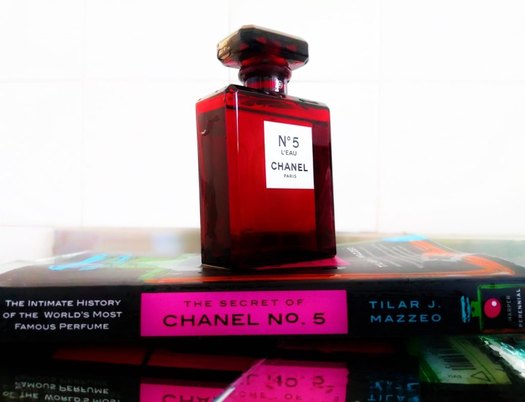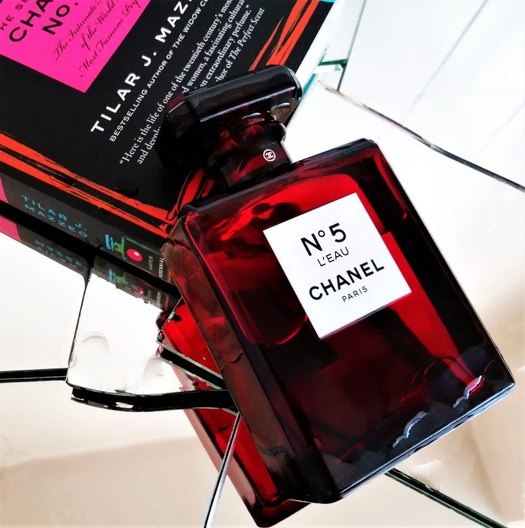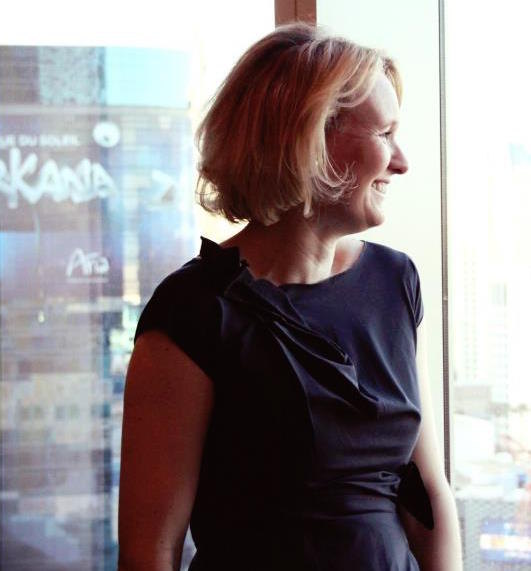When a perfume turns 100 years old, you can bet it has a story to tell. And it doesn’t get more convoluted and juicier than Chanel No 5. While The Secret of Chanel No. 5: The Intimate History of the World’s Most Famous Perfume by Tilar J Mazzeo (Harper Perennial) was published in 2010, it contains many well-researched insights as we celebrate the Chanel No 5 centenary.
A cultural historian and wine writer, Mazzeo is the author of books such as The Widow Clicquot (HarperCollins) and Back Lane Wineries of Sonoma, Second Edition (Penguin Random House).
As Mazzeo states in the book’s preface, “Much of what is told and retold about its transformation into an international byword for luxury is the stuff of half-truths, confusion, collective fantasy and sheer invention. Sometimes, the truth that those legends obscure is more fantastic than any fiction.”
Starting with Gabrielle Chanel’s childhood in an orphanage, The Secret of Chanel No. 5 is a must-read for anyone wanting to know more about “le monstre” (the monster), as the perfume is known in the industry.
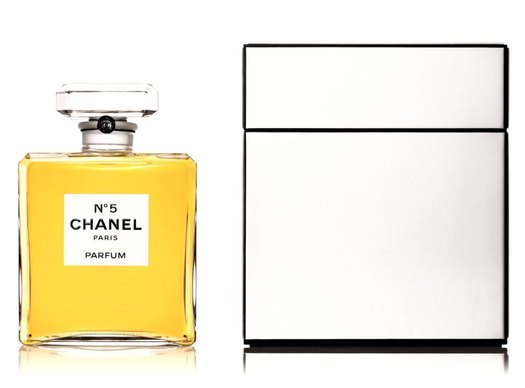
AU CONTRAIRE
I don’t want to give away too many of the secrets revealed and the myths debunked by Mazzeo, but for those who want a teaser here goes…
Chanel No 5 was not the first fragrance to make use of aldehydes (that distinction belongs to L.T. Piver Rêve d’Or). But it is certainly the most well-known, with its liberal use of these synthetics by Russian-born perfumer Ernest Beaux when he created Chanel’s debut scent.
Neither was it the first designer fragrance. Parisian couturier Paul Poiret got there first with Parfums de Rosine Nuit Persane in 1911.
The formula for Chanel No 5 wasn’t stolen from the laboratory of a company owned by her friend and rival François Coty.
Although the designer had a thing for the number five and named her debut fragrance after it, Chanel No 5 wasn’t officially released on May 5, 1921, the fifth day of the fifth month. It appeared quietly on the shelves of her boutiques but was hugely popular from the outset.
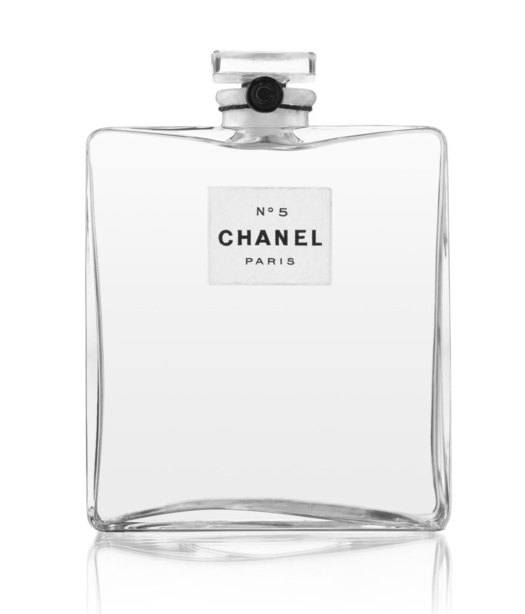
In fact, because of the demand, in 1924, in return for their manufacturing, distribution and marketing expertise, Coco Chanel signed away the majority control (70%) of the perfume side of her business to the Wertheim brothers, Pierre and Paul, who owned the perfume company Bourjois.
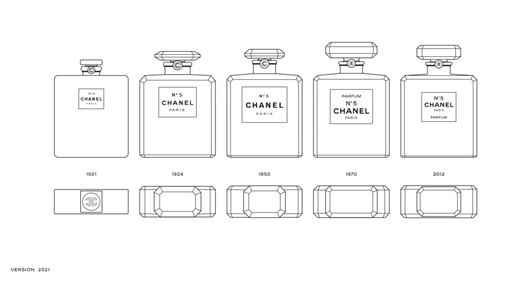
The formation of Les Parfums Chanel meant she would receive 10% of the profits. With the perfume’s considerable profitability, however, she later came to regret this business decision, which helps explain the dubious legal action against her Jewish investors during the Second World War when the Nazis occupied Paris (see interview below).
Despite all the dirty dealings and numerous law cases, the contract was renegotiated in 1947, whereby in exchange for $350 000, 10% of the profits and 2% of the perfume sales worldwide, she would stop using the number five in any of her marketing.
“Pierre Wertheimer agreed to fund the reopening of her fashion house and pay all her bills (including her rent at the Ritz Hotel.”
Later, in the 1950s, Pierre Wertheimer agreed to fund the reopening of her fashion house and pay all her bills (including her rent at the Ritz Hotel in Paris). But the Wertheimer family would own the rights to the fragrance and fashion businesses. That agreement continues to this day, with Alain and Gérard Wertheimer, Pierre’s grandchildren, running the luxury empire.
Although her partners missed several marketing tricks in the 20s, they showed their business acumen during the war. From their new base in the United States, after escaping from France in 1940, they sent former Guerlain president H. Gregory Thomas on a covert mission to Grasse, France, to source the raw materials needed to produce Chanel No 5. He returned with hundreds of kilos of jasmine and rose concrete.
INTERVIEW WITH TILAR J MAZZEO
What prompted you to write the book?
I came to the book from the perspective of a wine writer, wondering about the relationship between perfume and wine: both aromatic volatiles in alcohol. What made a great perfume and was it similar to a great wine?
Did you have any preconceptions before you started your research?
The other question of the book for me was: is Chanel No 5 really a great perfume or is it great marketing? I began assuming marketing would be a larger part of the equation.
What were you most surprised to find out in your research?
How disastrous the marketing was in the beginning for this fragrance. For example, they decided to launch Chanel No 5 along with a whole series of other numbered fragrances (Chanel No 2, Chanel No 3). And the ads had all of them in the same bottles. It would have sunk any other fragrance.
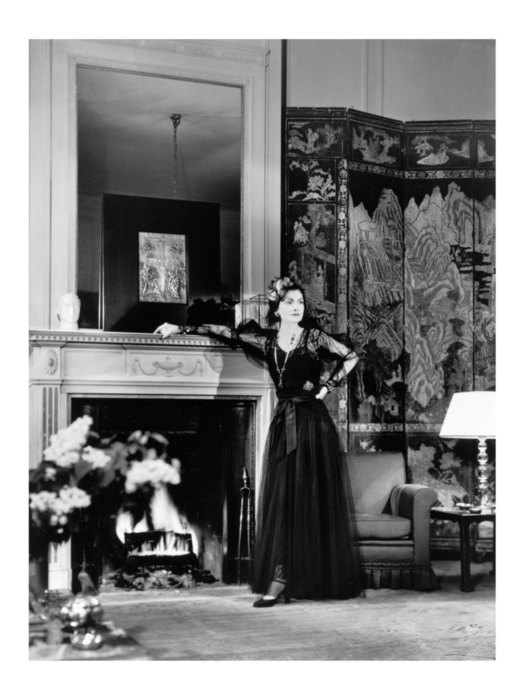
How much access did the company give you? And what was their response when the book was published?
I did have access to historical documents at Chanel and the jasmine and rose plantations in Grasse. The perfumers at Chanel were also amazingly generous with their time.
I’m not sure about the maison’s view. I think we agreed about the fragrance. In the beginning we probably saw differently Coco Chanel’s World War Two experience, but I suspect we are not really very far apart on that.
Chanel and her German boyfriend [officer Hans Günther von Dincklage] during the war both claimed they were working as double agents for the British with a man named Canaris, and the historical evidence suggests this is probably true.
“The ‘Aryanization’ lawsuit would not be her finest moment. However, there were a lot of not particularly fine moments during the German occupation of France.”
I don’t think Chanel was a Nazi spy. She did definitely have a German boyfriend. She did engage during World War Two in an “Aryanization” lawsuit [unsuccessfully suing for ownership of the company, as it had been abandoned], which would not be her finest moment. However, there were a lot of not particularly fine moments during the German occupation of France.
With Chanel No 5 celebrating its centenary this year, there’s no doubt, more than ever, it’s more than a perfume, it’s a cultural icon. Would you be able to highlight the most important factor that contributed to that status?
Every perfumer I’ve ever spoken with, including many of Chanel’s competitors, all say one thing: as a work of modernist art expressed in fragrance, Chanel No 5 is a masterpiece. It does something amazing as a scent by balancing its aldehydes with deep florals. There is something of the tightrope act in the fragrance.
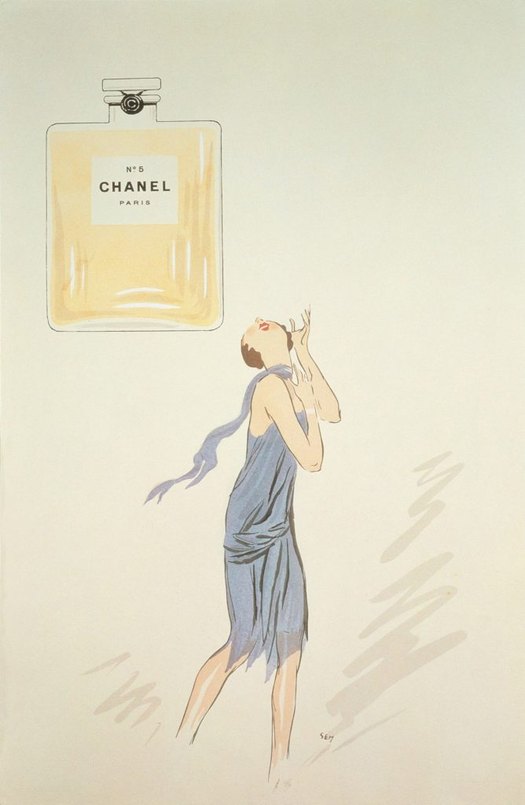
The story of Chanel No 5 is also the story of Coco Chanel. To describe her as complex would be an understatement…
Indeed. She starts out life as an orphan in a convent, then moves onto being a cabaret showgirl (from there the “Coco” nickname) and the mistress of a series of wealthy men, becomes a celebrated designer very quickly, launches a popular fragrance but almost immediately gives rights over to another company, and spends the next few decades suing her (Jewish) business partners and dating a German during the occupation of Paris.
Your book doesn’t gloss over the more controversial aspects of Coco Chanel’s attempts to regain control of the fragrance business especially during the Nazi occupation of France. Despite this, how has her mystique been maintained?
History is full of men who behaved badly and remained celebrated as artists and geniuses. Picasso, to take a contemporary of Chanel, was a complete cad. Chanel was both an artist and a genius in her metier and as with Picasso, one must divorce her personal character from her art. Her art, both in fashion and fragrance, is breath-taking.
Your book was published in 2010, 11 years before the centenary. What, if anything, would you add to it now?
The fragrance history in the book remains timely and current. The debate about Chanel and the Second World War has intensified since publication in 2010, and I would add to the book now a more expansive context. I am deeply critical of Chanel’s actions during the war in terms of her “Aryanization” legal actions.
However, I don’t think the facts support some of the arguments that were made after my book was published, which castigate her “horizontal collaboration.” I gave that expanded context in the book I wrote after the one on Chanel, which was about the Ritz Hotel in Paris during the occupation [The Hotel on Place Vendôme (HarperCollins)].
Your personal thoughts on Chanel No 5 as a perfume?
I am blind as a bat and cannot carry a tune, but I am blessed or cursed, depending on the circumstances, with an extremely fine nose. It is hard for anyone with that not to admire Chanel No 5 and to love scents. Chanel No 5 is like admiring or not admiring a 1953 Petrus (though with a very different aromatic profile). But some things are qualitatively brilliant. Chanel No 5 and Shalimar are my go-to classic fragrances. Once you appreciate the technical and artistic genius of those perfumes, it’s difficult not to want to spend time with them.
The Secret of Chanel No. 5: The Intimate History of the World’s Most Famous Perfume is available to buy here.

